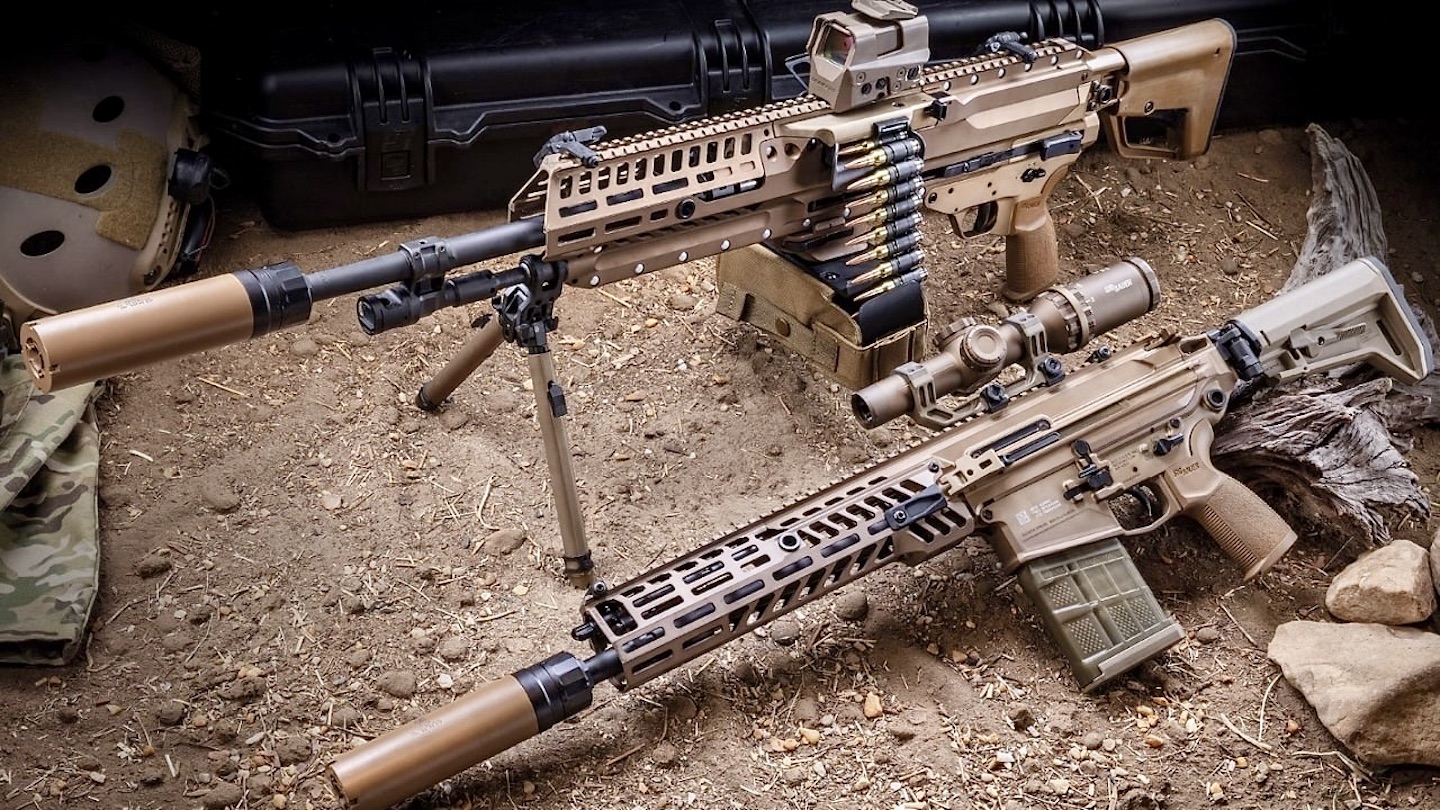Troops from the 101st Airborne Division at Fort Campbell have become the first to get the Army’s next-generation rifles and light machine guns chambered in the new 6.8mm round. This marks the first time in some six decades that any Army unit has gotten all-new small arms, with a completely new caliber of ammunition.
The Army announced yesterday that soldiers from the 1st Battalion, 506th Infantry Regiment, part of the 101st Airborne Division at Fort Campbell in Kentucky, “accepted Next Generation Rifles and Automatic Rifles [on March 28] in preparation for New Equipment Training (NET) in April.”
In April 2022, Sig Sauer was chosen by the Army over competitors including General Dynamics and Textron Systems to deliver the Next Generation Squad Weapons (NGSW) system. The NGSW family consists of Sig’s M7 rifle, previously known as the XM5, as well as the company’s belt-fed M250 light machine gun based on the same platform. Both come with matching suppressors.
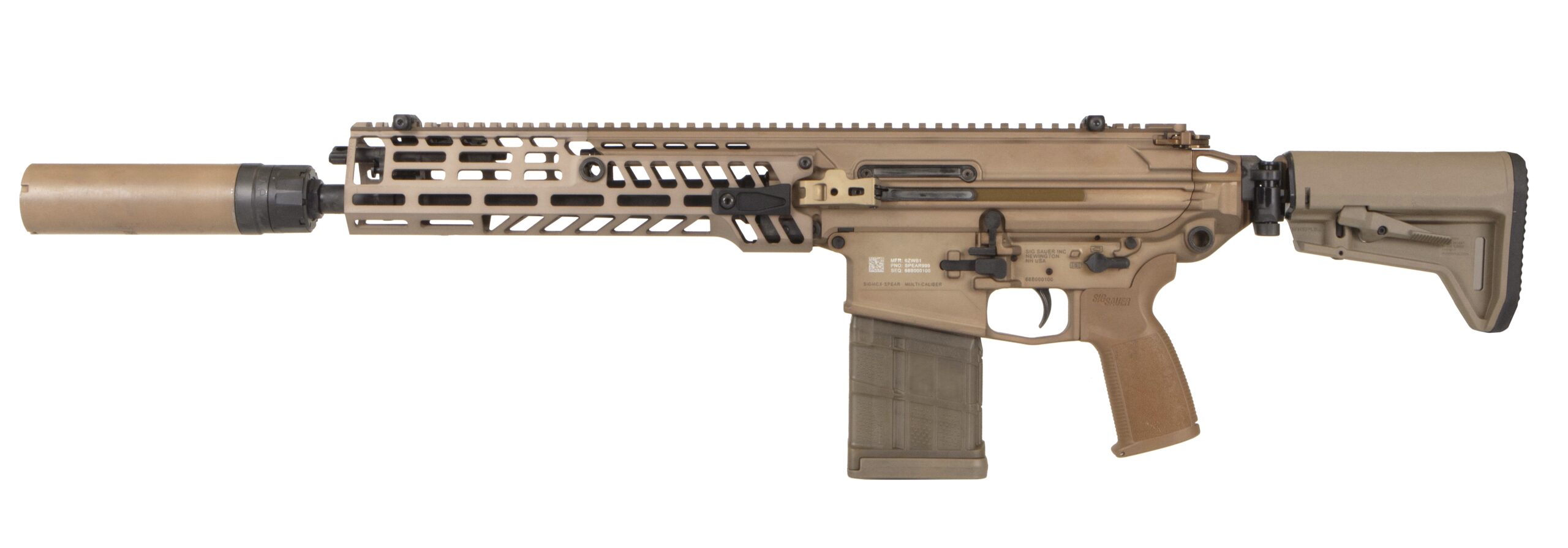
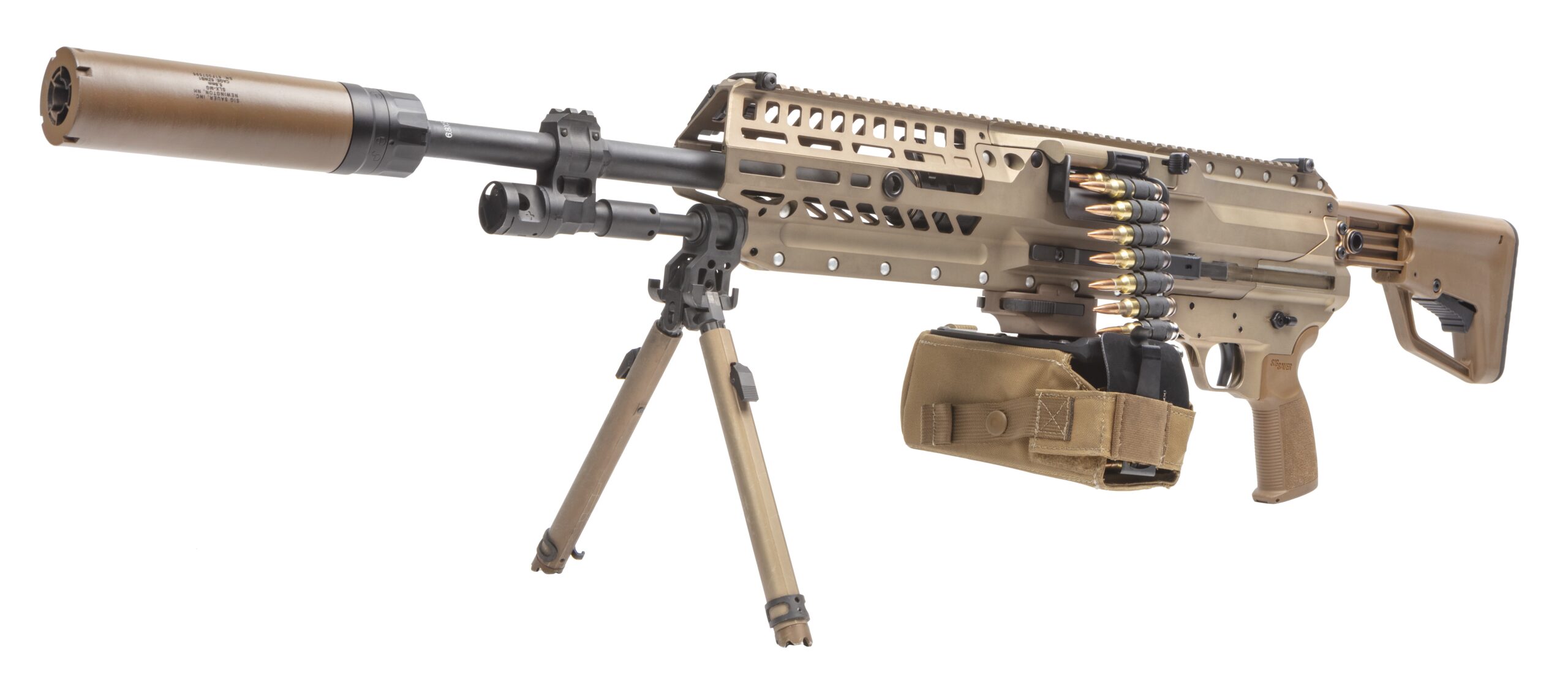
The M7 and M250 can be optionally paired with the M157 Fire Control Optic, an advanced fire control system that increases the accuracy and lethality of the guns. The M157 features a variable magnification optic (1×8 magnification), backup etched reticle, laser rangefinder, ballistic calculator, atmospheric sensor suite, and compass — constituting a major upgrade from the kinds of optics currently issued to much of the U.S. Army. Other optics are available, as well.
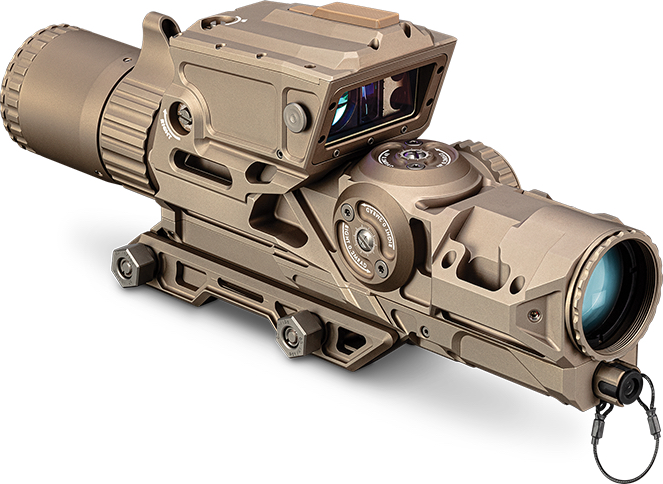
The NGSW system is being introduced in order to replace the service’s aging but iconic 5.56mm M4 carbines and M249 Squad Automatic Weapons (SAW).
Back in 1965, the Army officially adopted the initial version of the 5.56x45mm AR-15/M16, the M16A1 rifle; a design that has retained several core aspects, despite significant evolution, since that time. In a typical AR-15/M16, the gun cycles by blowing a portion of the propellant gas generated by firing a cartridge directly into the main action, a concept known as direct impingement.
Further M16 variants were fielded thereafter, and the first versions of the M4 carbine began appearing in the 1990s.

Sig’s family of MXC firearms — which includes the M7 — are also partly derived from the AR-15/M16, but notably use a gas-piston operating mechanism. This ensures that the gas is kept away from the gun’s key components, enhancing overall reliability in some conditions.
Precisely how many weapons were received by the 1st Battalion remains unclear, and we’ve reached out to the Army for more information. Publicly available Army documents show the authorized equipment inventory for a typical infantry battalion, at least as of 2013, included 565 M4A1 carbines and 54 M249 SAWs.
Compared to the M4 and M249 guns they are replacing, which use NATO standard 5.56x45mm cartridges, the M7 and M250 guns use 6.8x51mm cartridges. The Army has previously indicated that the 5.56x45mm cartridge has been “maxed out from the performance perspective.” Sig’s 6.8mm caliber of ammunition — which feature a hybrid-metallic casing, designed to reduce their weight — offers greater effective range and terminal ballistics over the 5.56mm cartridges.
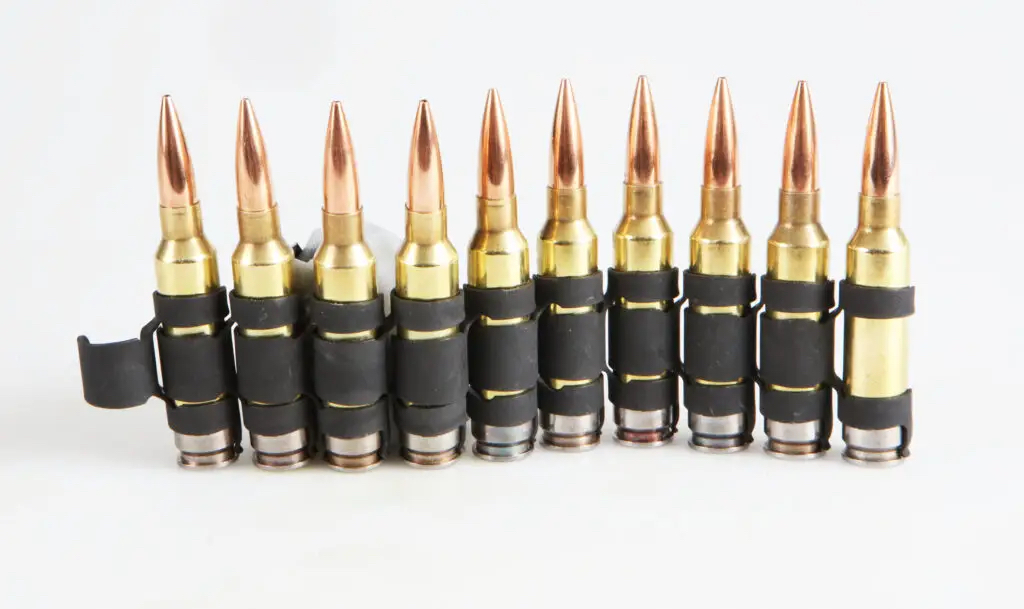
Per the Army’s 2025 Fiscal Year budget request, there is a general-purpose 6.8mm cartridges as well as special purpose cartridge with enhanced penetration capabilities available.
Overall, the M7 and M250 guns will “provide significant capability improvements in accuracy, range and overall lethality” for soldiers, the Army has said in the past. “They are lightweight, fire more lethal ammunition, mitigate recoil, provide improved barrel performance, and include integrated muzzle sound and flash reduction.”

Reaching the milestone of equipping the first Army unit with the NGSW system itself has been a long time coming for the service. It was back in 2017 that the Army first issued requirements for NGSW prototype submissions from industry. Personnel from across the U.S. military — including the 101st Airborne Division at Fort Campbell — have contributed more than 25,000 hours during the development and testing of the NGSW system, the Army recently noted.
Yet the road to getting there hasn’t been easy going. In early 2019, the service had hoped to equip the first unit with the new weapons by 2022. Delays in picking the final design subsequently led to that goal being pushed into 2023.
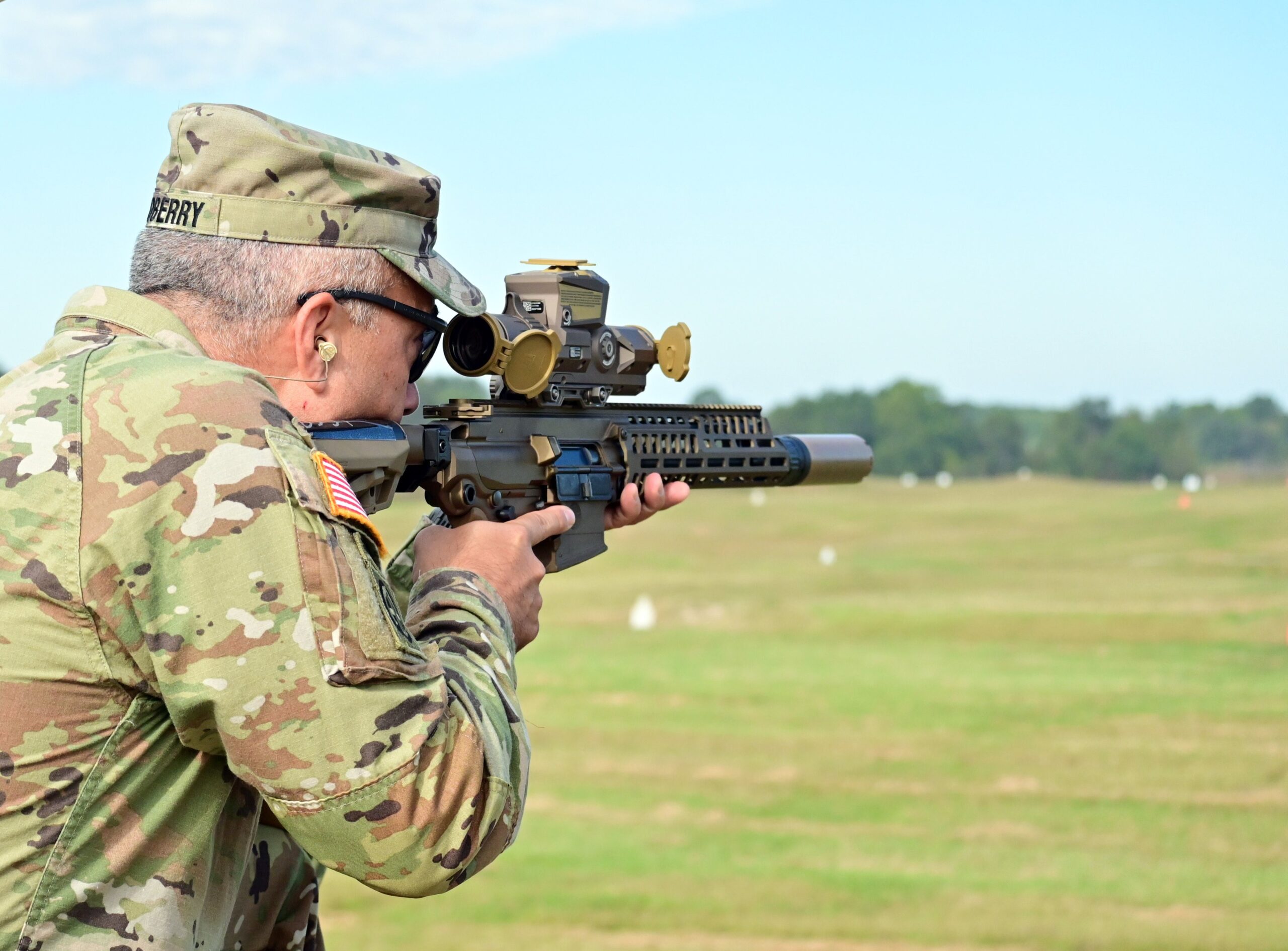
When it was announced that Sig had been chosen to field the NGSW system in 2022, the Army expected that operation testing of the guns would start in early 2024, with the first unit being equipped in the fall of the same year. In December 2023, officials told Army Times that full fielding of the system would start with a then-unidentified unit in the 101st Airborne Division by the second quarter of fiscal year 2024.
“The process of developing and fielding new equipment is never without challenges and setbacks and speed bumps,” said Lt. Col. Mark Vidotto, the NGSW lead for the Soldier Lethality Cross-Functional Team (SL CFT) at Fort Moore, Georgia. “It was a team effort from start to finish.”
Delays to the fielding of a new squad weapon system with a completely new caliber of ammunition were always likely to occur. This effort, as we’ve highlighted previously, represents a colossal undertaking for the Army. This is also hardly the first time it has tried to do something like this, which you can read more about here and here.
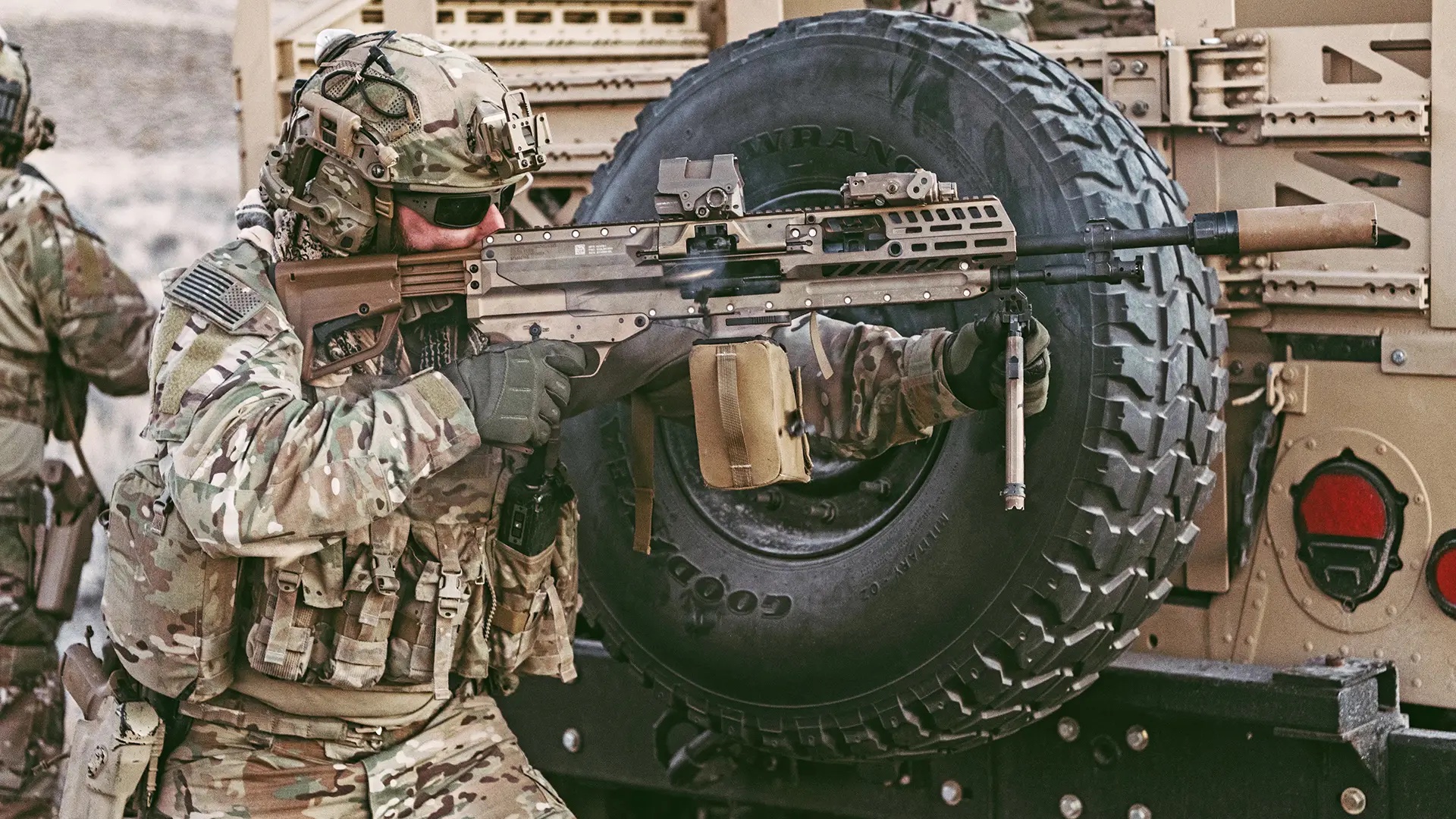
Now that fielding NGWS to units has begun, the path to delivering the guns in significant numbers will open up. Sig was awarded a 10-year, $20.4 million initial production contract in April 2022 for about 40 total weapons — 25 XM5s and 15 XM250s — used to develop its production line. However, the deal has an overall ceiling of $4.7 billion; accommodating the procurement of up to 250,000 rifles for the Army and other other U.S. military services, as well as potential foreign military sales customers, according to the Army.
The service has also noted in the past that by the time the first guns would be fielded, an adequate mass of ammunition for both combat and training going forward would be stockpiled. “When it’s time for them to field,” retired Brig. Gen. Bill Boruff, then Joint Program Executive Officer for Armaments and Ammunition, said in 2022, “we’ll have enough reserve ammunition for us to go forward.”
From here, following the delivery of next-generation rifles and light machine guns to the 101st Airborne Division, “the Army will field NGSW systems to a National Guard armored brigade in May,” the service notes.
It will be interesting to hear just what soldiers think of the new small-arms duo compared to what they had before now that they have their new guns.
Contact the author: oliver@thewarzone.com
